Back to Courses

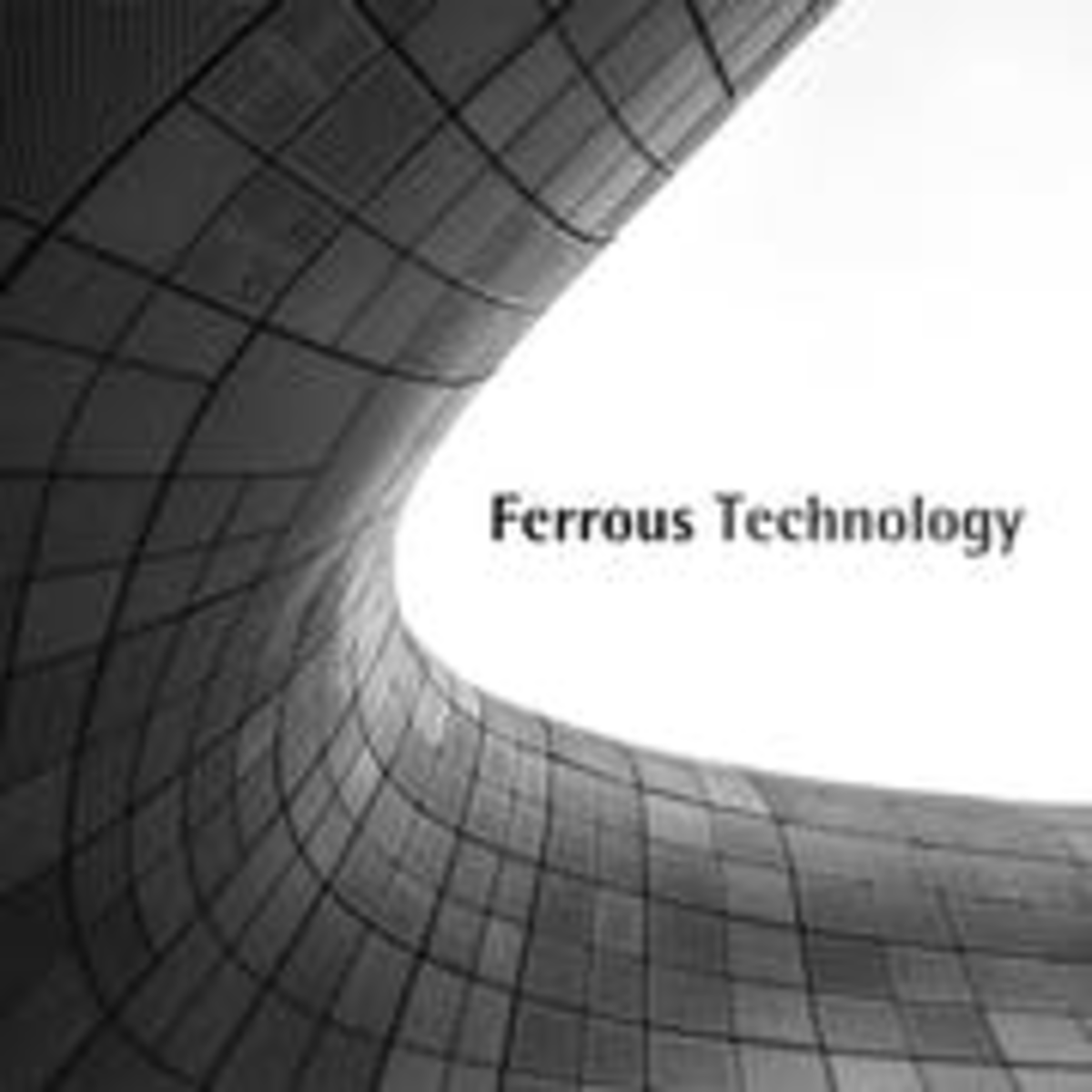

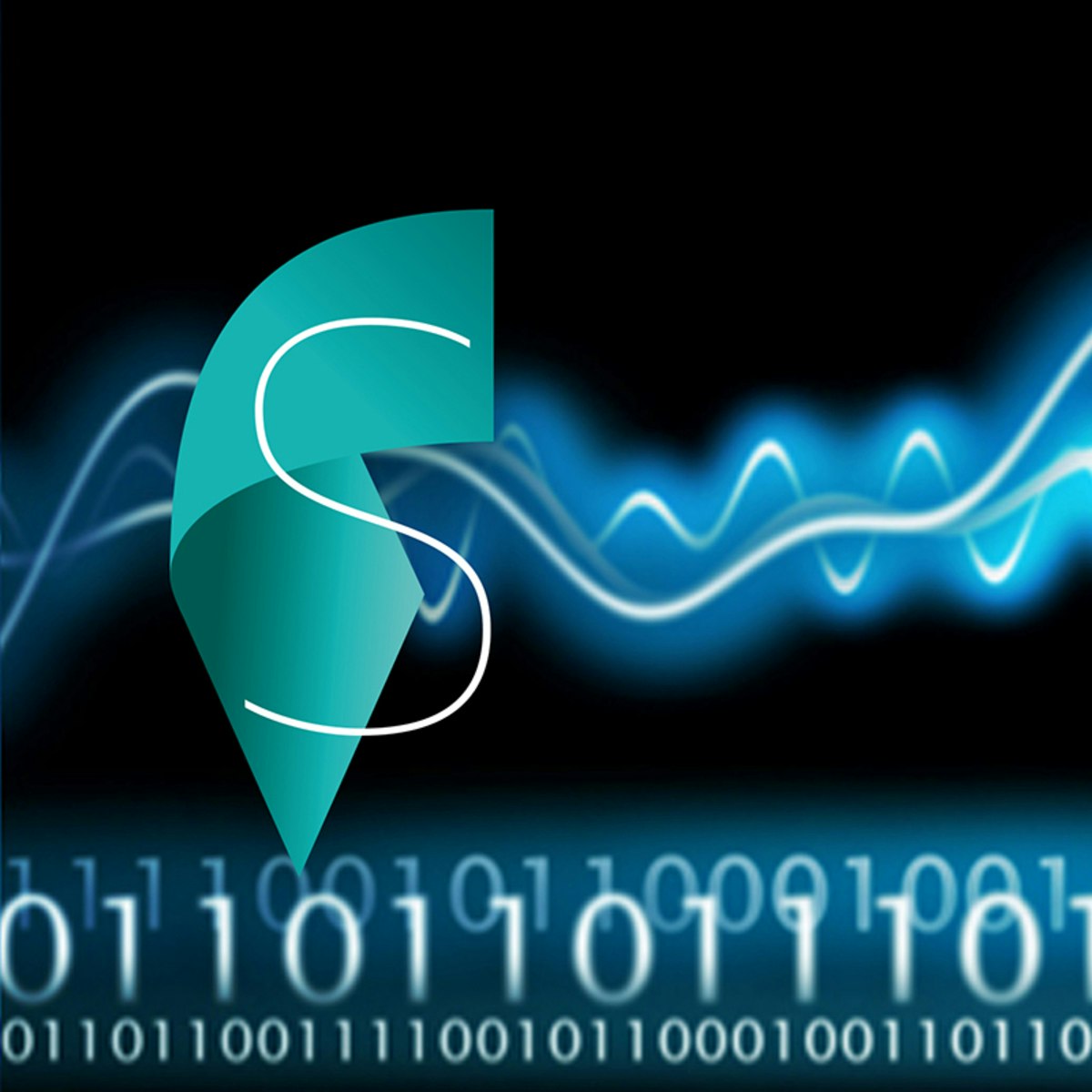
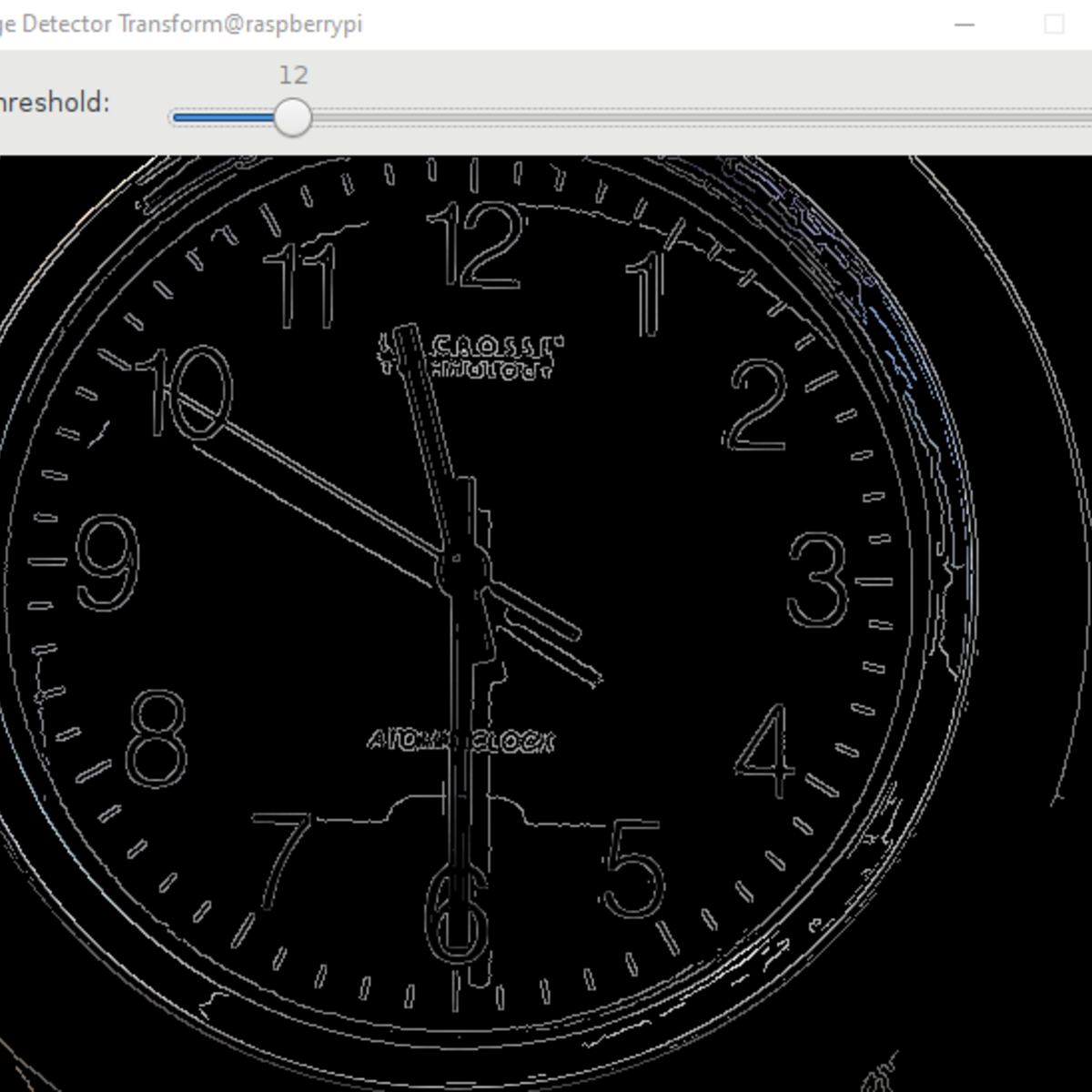
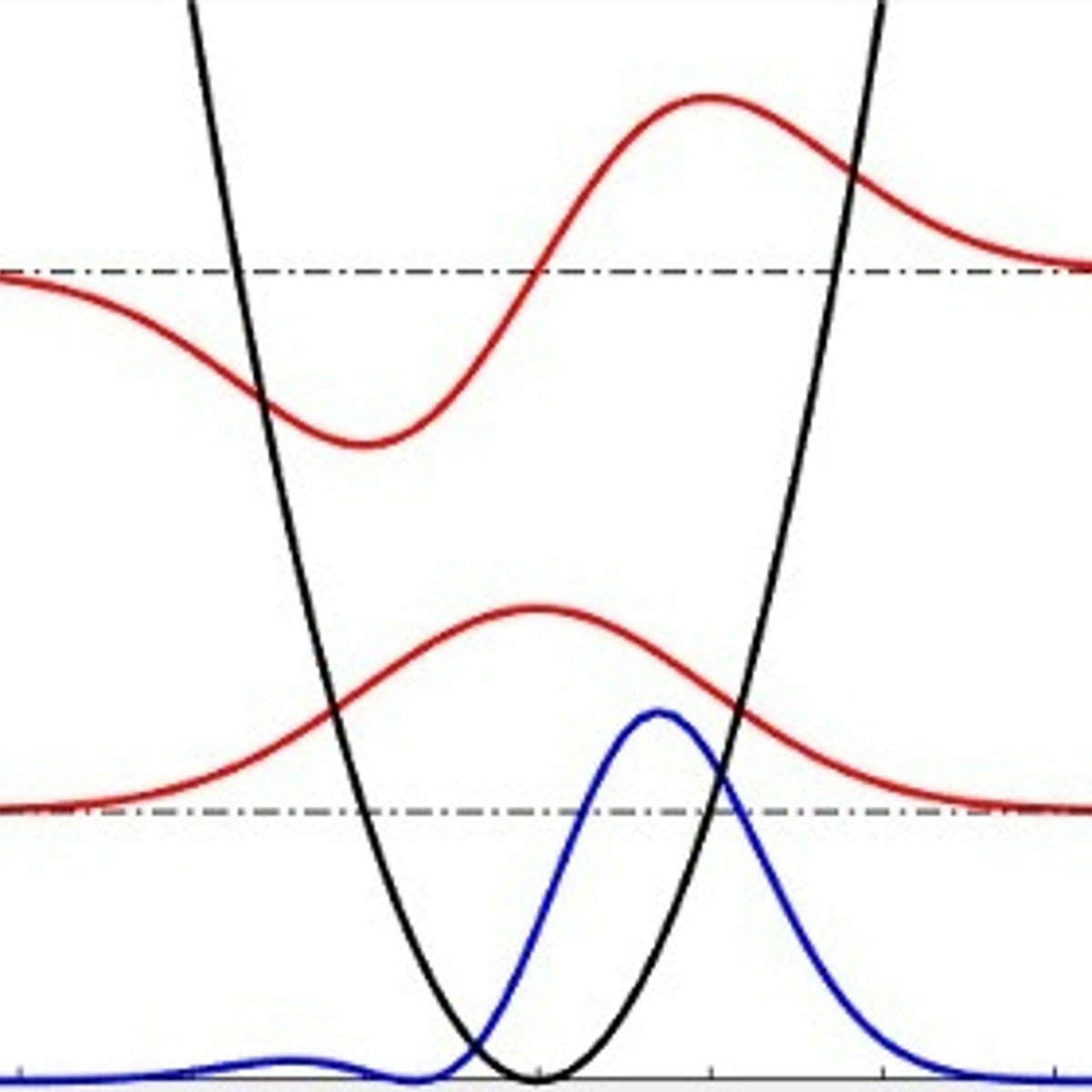
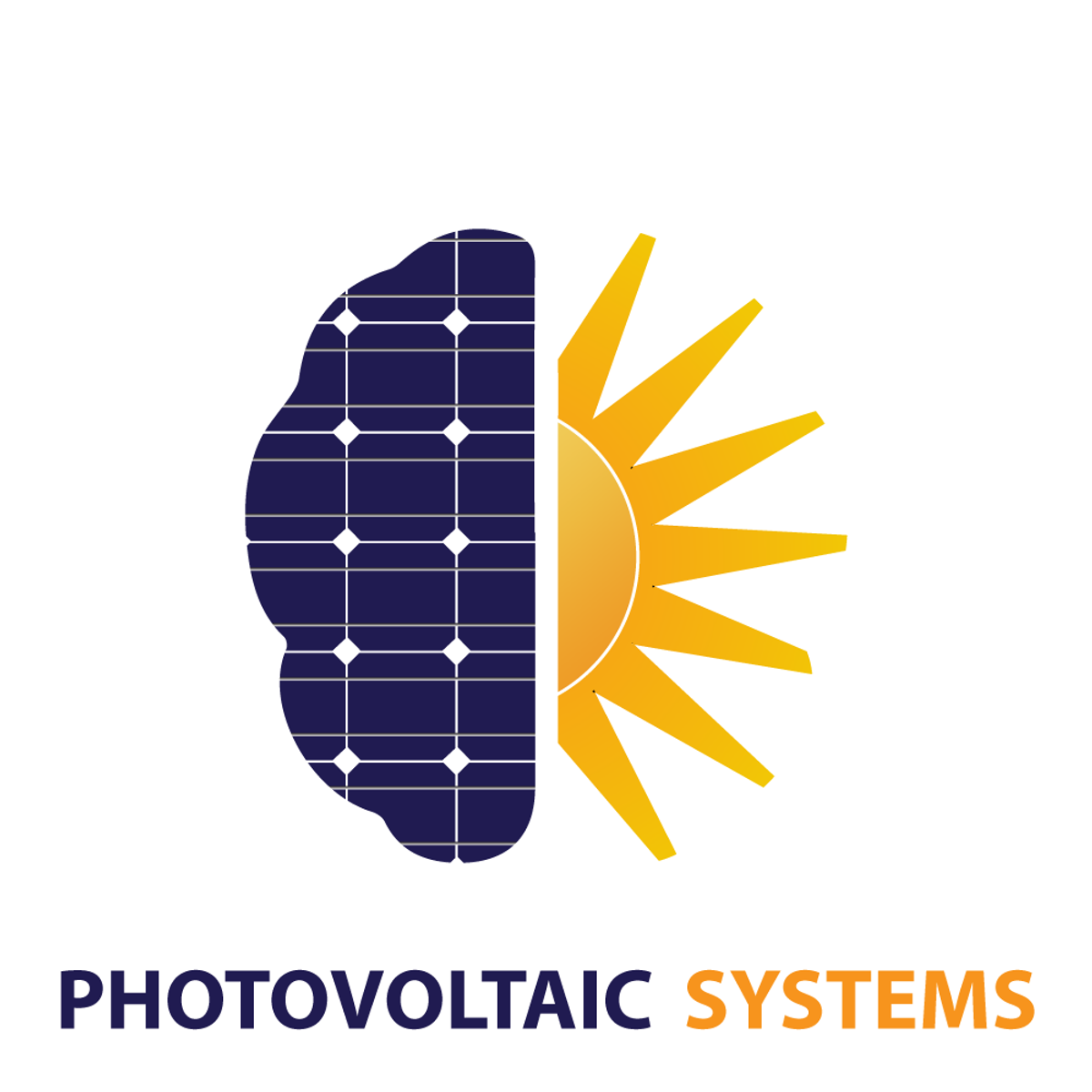
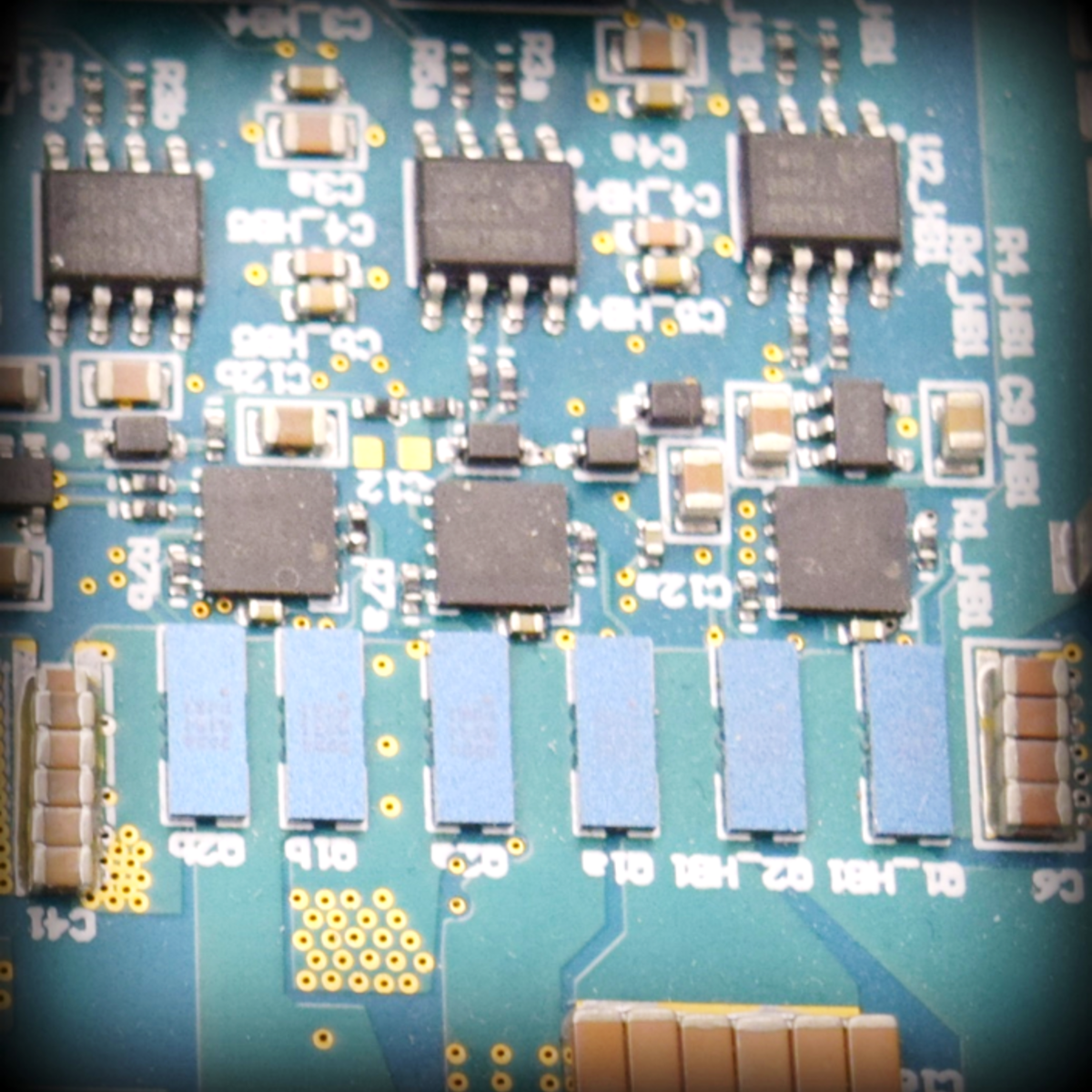
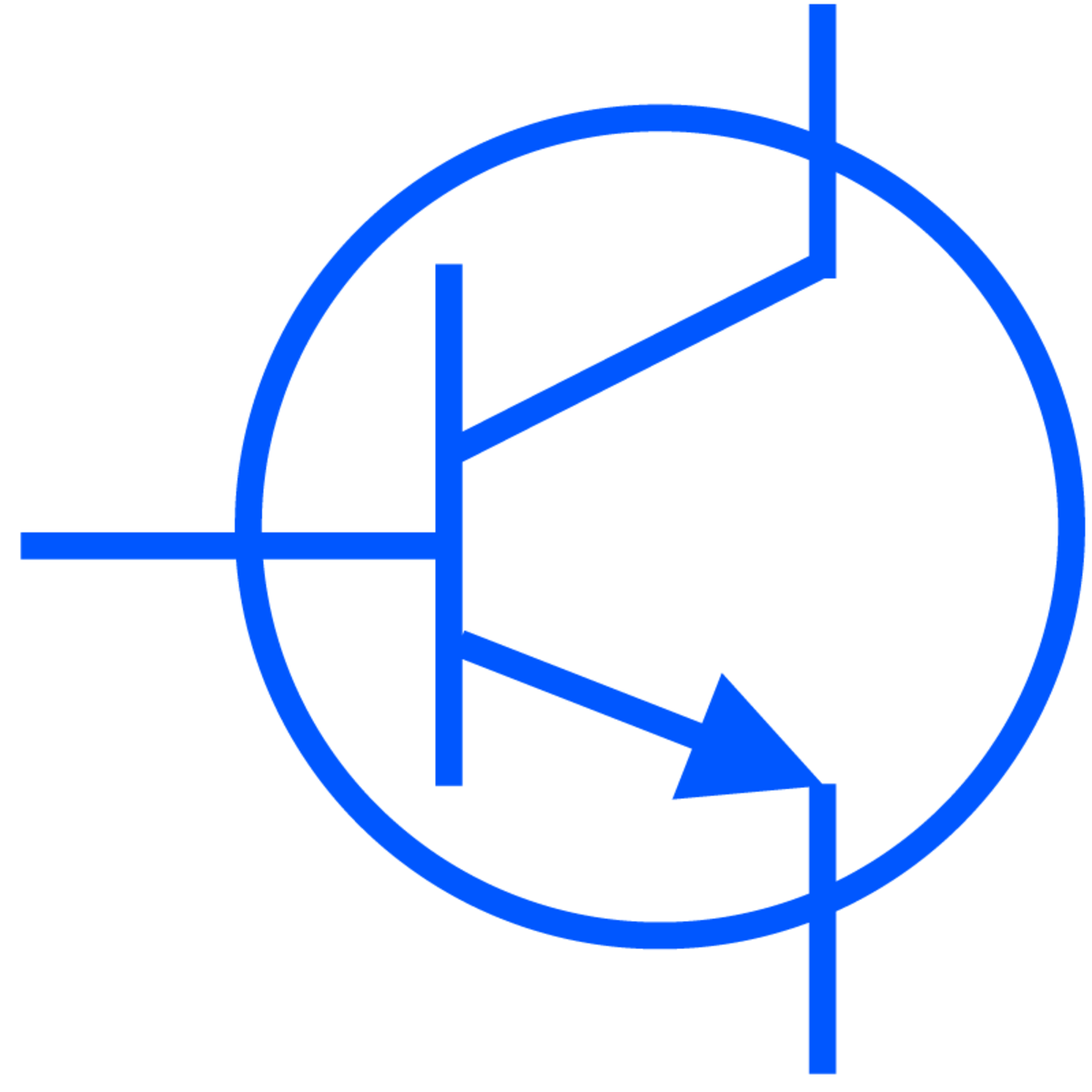
Electrical Engineering Courses - Page 14
Showing results 131-140 of 141

Motors and Motor Control Circuits
This course can also be taken for academic credit as ECEA 5341, part of CU Boulder’s Master of Science in Electrical Engineering degree.
This is our second course in our specialization on Embedding Sensor and Motors. To get the most out of this course, you should first take our first course entitled Sensors and Sensor Circuits. Our first course gives you a tutorial on how to use the hardware and software development kit we have chosen for the lab exercises. This second course assumes that you already know how to use the kit.
After taking this course, you will be able to:
● Understand how to specify the proper AC or DC motor for a machine design.
● Integrate the motor to a machine, based on analysis of motor equations for voltage, current, torque and speed.
● Implement the motor and accompanying rotary sensor into a motor control circuit in both hardware and software.
● Add a motor and motor control circuit into a microprocessor based development kit.
● Create hardware and firmware to process motor feedback data to a microprocessor for further evaluation.
You will need to buy the following components to do the two course projects based on the videos in this module. Note that if you have already purchased the PSOC 5LP PROTOTYPING KIT, you do not need to buy it again.
These parts may be purchased off the Digikey web site, www. Digikey.com. Or, you may obtain the specs from the site, and purchase them elsewhere.
These are the part numbers for the above table, the lab on Motor Voltage and Current Measurement. You can copy and paste them into the search engine on the Digikey web site. You need one of each except for the AA batteries (N107-ND), which you would need 3.
428-3390-ND
P14355-ND
FQU13N10LTU-ND
N107-ND
1N5393-E3/54GICT-ND
RNF14FTD1K00CT-ND
P0.62W-1BK-ND
Additional equipment needed:
• Wire - various gauges and lengths
• Breadboard
• Oscilloscope – suggested models are:
o PICOSCOPE 2204A-D2 available on www.digikey.com or
o Digilent 410-324 | OpenScope MZ available on www.newark.com
Depending on your budget, you can also investigate these models:
o Hantek HT6022BE20MHz - https://www.amazon.com/dp/B009H4AYII
o SainSmart DSO212 - https://www.amazon.com/dp/B074QBQNB7
o PoScope Mega50 USB - https://www.robotshop.com/en/poscope-mega50-usb-mso-oscilloscope.html
o ADALM2000 - https://www.digikey.com/en/products/detail/analog-devices-inc./ADALM2000/7019661

Physics 102 - AC Circuits and Maxwell's Equations
This course serves as an introduction to the physics of electricity and magnetism. Upon completion, learners will have an understanding of how the forces between electric charges are described by fields, and how these fields are related to electrical circuits. They will gain experience in solving physics problems with tools such as graphical analysis, algebra, vector analysis, and calculus. The course follows the typical progression of topics of a first-semester university physics course: charges, electric forces, electric fields potential, magnetic fields, currents, magnetic moments, electromagnetic induction, and circuits. Each module contains reading links to a free textbook, complete video lectures, conceptual quizzes, and a set of homework problems. Once the modules are completed, the course ends with an exam. This comprehensive course series is similar in detail and rigor to what is taught on-campus. It will thoroughly prepare learners for their upcoming introductory physics courses, or more advanced courses in physics.

Ferrous Technology I
Steel, ever-evolving material, has been the most preeminent of all materials since it can provide wide range of properties that can meet ever-changing requirements. In this course, we explore both fundamental and technical issues related to steels, including iron and steelmaking, microstructure and phase transformation, and their properties and applications.

Numerical Methods for Engineers
This course covers the most important numerical methods that an engineer should know. We derive basic algorithms in root finding, matrix algebra, integration and interpolation, ordinary and partial differential equations. We learn how to use MATLAB to solve numerical problems. Access to MATLAB online and the MATLAB grader is given to all students who enroll.
We assume students are already familiar with the basics of matrix algebra, differential equations, and vector calculus. Students should have already studied a programming language, and be willing to learn MATLAB.
The course contains 74 short lecture videos and MATLAB demonstrations. After each lecture or demonstration, there are problems to solve or programs to write. The course is organized into six weeks, and at the end of each week there is an assessed quiz and a longer programming project.
Download the lecture notes:
http://www.math.ust.hk/~machas/numerical-methods-for-engineers.pdf
Watch the promotional video:
https://youtu.be/qFJGMBDfFMY

Digital Signal Processing 4: Applications
Digital Signal Processing is the branch of engineering that, in the space of just a few decades, has enabled unprecedented levels of interpersonal communication and of on-demand entertainment. By reworking the principles of electronics, telecommunication and computer science into a unifying paradigm, DSP is a the heart of the digital revolution that brought us CDs, DVDs, MP3 players, mobile phones and countless other devices.
The goal, for students of this course, will be to learn the fundamentals of Digital Signal Processing from the ground up. Starting from the basic definition of a discrete-time signal, we will work our way through Fourier analysis, filter design, sampling, interpolation and quantization to build a DSP toolset complete enough to analyze a practical communication system in detail. Hands-on examples and demonstration will be routinely used to close the gap between theory and practice.
To make the best of this class, it is recommended that you are proficient in basic calculus and linear algebra; several programming examples will be provided in the form of Python notebooks but you can use your favorite programming language to test the algorithms described in the course.

Real-Time Project for Embedded Systems
This course can also be taken for academic credit as ECEA 5318, part of CU Boulder’s Master of Science in Electrical Engineering degree.
The final course emphasizes hands-on building of an application using real-time machine vision and multiple real-time services to synchronize the internal state of Linux with an external clock via observation. Compare actual performance to theoretical and analysis to determine scheduling jitter and to mitigate any accumulation of latency. The verification of the final project will include comparison of system timestamp logs with a large set of images which can be encoded into a video. The final report will be peer reviewed and the captured frames and video uploaded for scripted assessment.
Course Learning Outcomes:
● Outcome 1: Decompose a problem and set of basic real-time requirements into software modules and Linux POSIX real-time threads
● Outcome 2: Analyze services in terms of C (execution time), T (request period), and D (deadlines for completion) to establish feasibility and margin for meeting requirements
● Outcome 3: Design and construct a solution for a native Linux system equipped with a webcam to verify and demonstrate system synchronization using machine vision processing
Foundations of Quantum Mechanics
This course can also be taken for academic credit as ECEA 5610, part of CU Boulder’s Master of Science in Electrical Engineering degree.
This course covers the fundamental concepts and topics of quantum mechanics which include basic concepts, 1D potential problems, time evolution of quantum states, and essential linear algebra. It provides undergraduate level foundational knowledge and build on them more advanced topics.
At the end of this course learners will be able to:
1. demonstrate full grasp of basic concepts in quantum mechanics including wave-particle duality, operators and wavefunctions, and evolution of quantum states,
2. achieve mastery of the mathematical apparatus needed for quantum mechanics and
3. attain foundational knowledge required to learn more advanced quantum mechanics and applications.

Photovoltaic Systems
This course offers you advanced knowledge within the field of photovoltaic system technology. We'll learn about the solar resource and how photovoltaic energy conversion is used to produce electric power. From this fundamental starting point we'll cover the design and fabrication of different solar cell and module technologies, the various photovoltaic system components, how to design a photovoltaic plant and carry out energy yield simulations, essentials in energy economics, O&M and reliability assessment, as well as the role of photovoltaic energy in sustainable energy systems.
This course is unique in that it takes you from the nanoscale physics of a solar cell to the modelling of a utility scale solar farm. The course is made up of 9 sections with an estimated workload of 2-3 hours each. The academic level is targeted at master students at technical universities and engineers from the energy industry. Passing this course offers you a great basis for a career in the field of photovoltaics.

Modeling and Control of Single-Phase Rectifiers and Inverters
This course can also be taken for academic credit as ECEA 5709, part of CU Boulder’s Master of Science in Electrical Engineering degree.
This is Course #5 in the Modeling and Control of Power Electronics Specialization. The course is focused on modeling and control of grid-tied power electronics. Upon completion of the course, you will be able to understand, analyze, model, and design low-harmonic rectifiers and inverters interfacing dc loads or dc power sources, such as photovoltaic arrays, to the single-phase ac power grid.
We strongly recommend students complete the CU Boulder Power Electronics Specialization as well as Courses #1 (Averaged-Switch Modeling and Simulation) and #4 (Current-Mode Control) before enrolling in this course (the course numbers provided below are for students in the CU Boulder's MS-EE program):
● Introduction to Power Electronics (ECEA 5700)
● Converter Circuits (ECEA 5701)
● Converter Control (ECEA 5702)
● Averaged-Switch Modeling and Simulation (ECEA 5705)
● Current-Mode Control (ECEA 5708)
After completing this course, you will be able to:
● Understand the operating principles of low-harmonic, high power factor rectifier and inverters
● Model and design current shaping and voltage control loops in power factor correction (PFC) rectifiers
● Model and design control loops in single-phase dc-to-ac inverters
● Design photovoltaic power systems tied to the single-phase ac power grid
● Use computer-aided tools and simulations to verify the design of rectifiers and inverters

Transistor - Field Effect Transistor and Bipolar Junction Transistor
This course can also be taken for academic credit as ECEA 5632, part of CU Boulder’s Master of Science in Electrical Engineering degree.
This course presents in-depth discussion and analysis of metal-oxide-semiconductor field effect transistors (MOSFETs) and bipolar junction transistors (BJTs) including the equilibrium characteristics, modes of operation, switching and current amplifying behaviors.
At the end of this course learners will be able to:
1. Understand and analyze metal-oxide-semiconductor (MOS) device
2. Understand and analyze MOS field effect transistor (MOSFET)
3. Understand and analyze bipolar junction transistor (BJT)
Popular Internships and Jobs by Categories
Find Jobs & Internships
Browse
© 2024 BoostGrad | All rights reserved